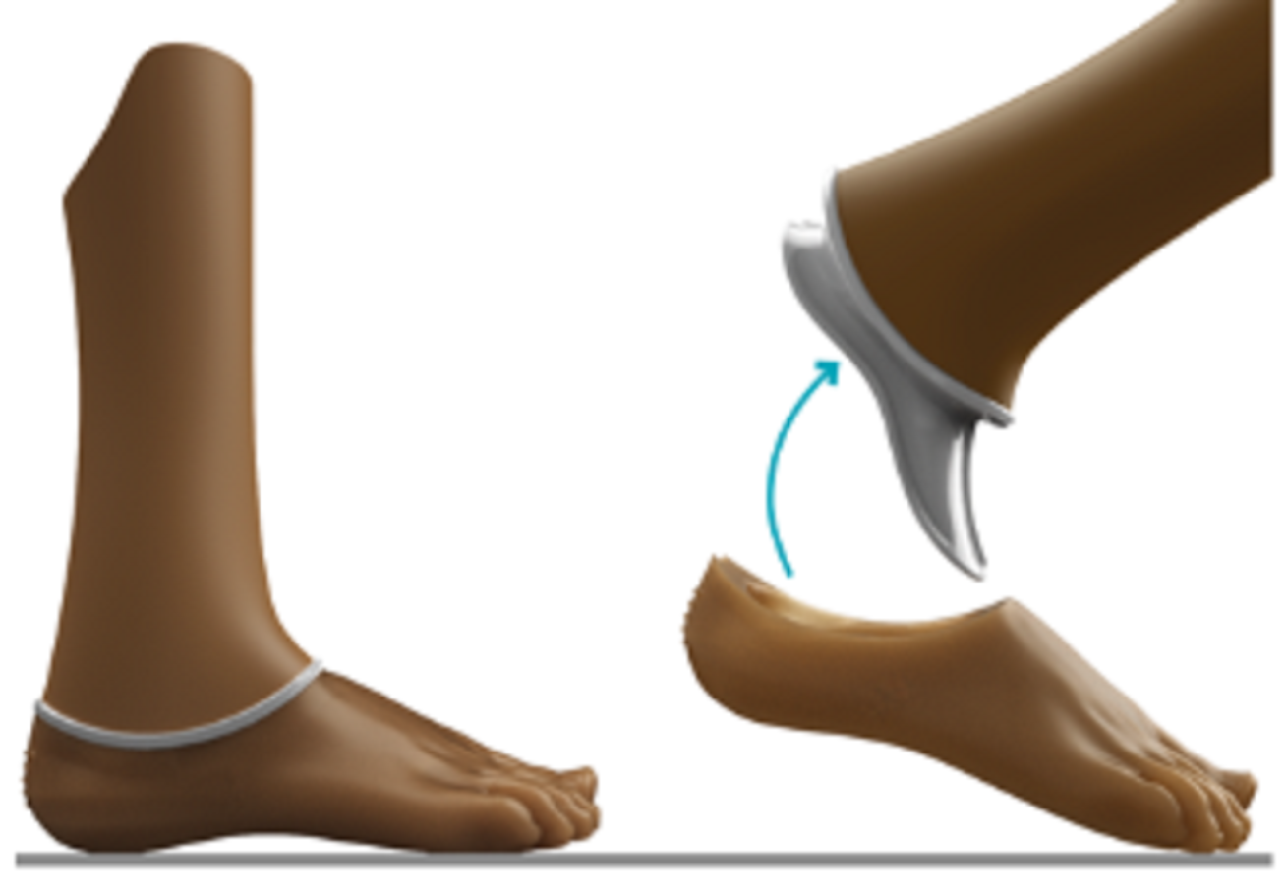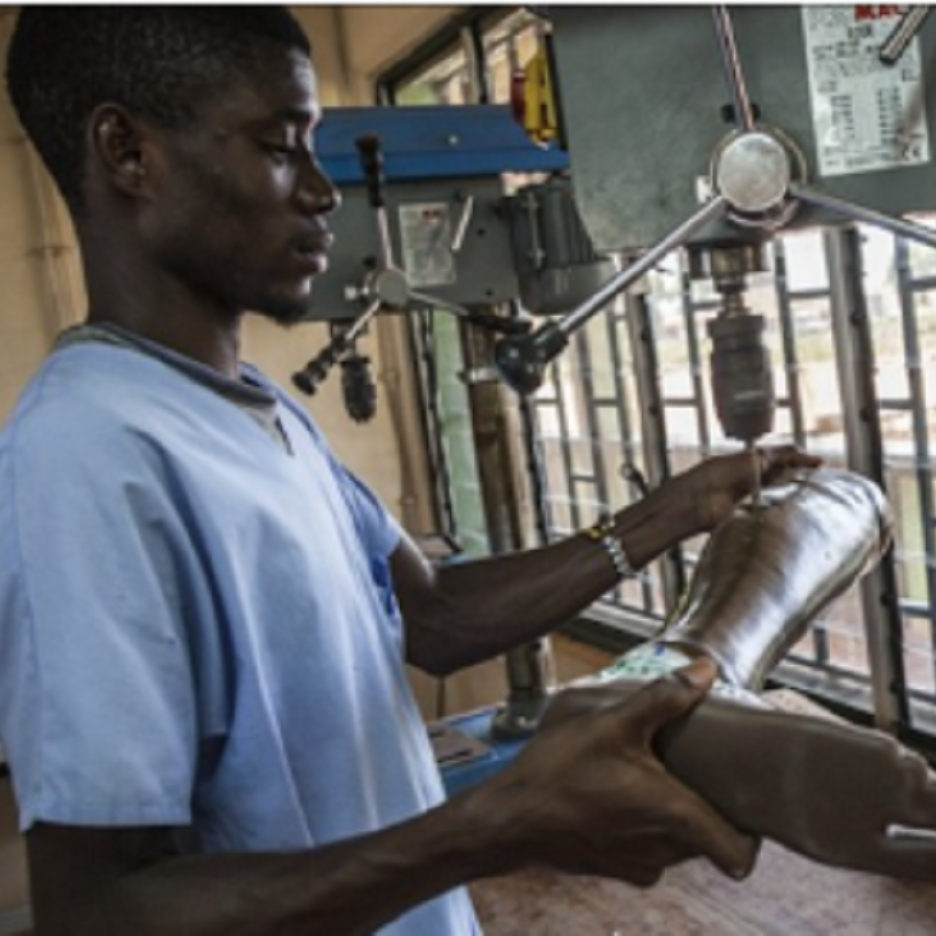Long Limbs Prosthetics

Affordable prostheses for the world
The Long Limbs Prosthetics Project is the result of a feasibility study by ZHdK industrial engineering and ETH mechanical engineering. Together with Rehab’Impulse, a project in collaboration with the International Committee of the Red Cross (ICRC), the team developed a solution for long stump amputees.
The project was conducted within the framework of the Feasibility Lab, under the oversight of our lead engineer Dr. Stephan Fox and different professorships.
The ICRC has developed durable and affordable prostheses for its global work in helping people with disabilities. With the Solid Ankle Cushion Heel (SACH) foot for long stump prostheses, the ICRC keeps improving life for many war victims. Nowadays, the demand for prosthetic devices is high as never before.
Concerned with the continuous improvement of its products, the ICRC in collaboration with the Feasibility Lab, has been looking to advance the design of the SACH prosthesis to increase the benefits for its users without increasing costs.
In a collaborative Feasibility study, we evaluated whether ETH technology could be applied to improve current prostheses. A screening was conducted concerning supply chain, materials, fixtures and fabrication. The SACH prosthesis is a very economical solution that can be assembled and repaired locally, which makes it perfectly adapted to the conditions of war-torn countries and widely used. The requirements on a possible "updated version" are no less: new parts have to fit into the existing ICRC product range, use existing technologies and standard parts, be simple, durable, aesthetically pleasing and usable in many different environments.

The study resulted in a new foot concept for existing prostheses. As wear of the foot is the main reason for replacing the prosthesis, the solution is to separate the prosthesis into two parts, allowing for the single replacement of the wear-prone foot. This way, only the sole needs to be replaced when it is worn or defective and no longer the entire prosthesis system, as is currently the standard.
This small and economical change could increase the lifetime of the keel from one to three years and results in a cost reduction of 60% per keel per user. Reduced costs would not be the only benefits. By introducing a mobile clinic into the system, users could have their worn-down or damaged foot replaced in their hometown. This way, users would generally only need to visit the ICRC rehabilitation center every three years for a keel replacement, which could open up capacity at the centers to serve three times more users.
This study serves as an initiator towards a long term technology pipeline for humanitarian and social development projects by the Feasibility Lab with the ICRC and other NGOs. Currently, a continuation of the Long Limbs Prosthetics study is envisioned for 2021.
